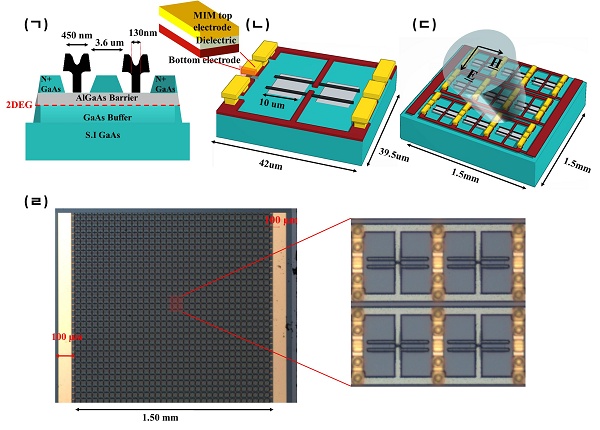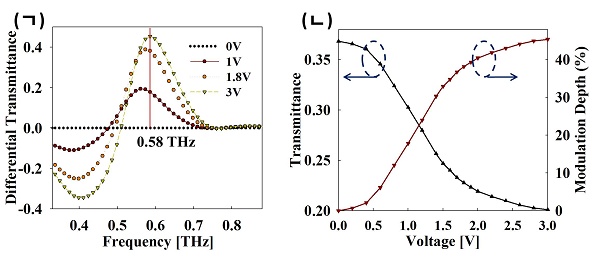Media Center
A multimedia mosaic of moments at GIST
GIST Excellence
[Press release] Development of electrical modulation technique that controls terahertz wave 10 times faster.
- 엘리스 리
- REG_DATE : 2016.06.27
- HIT : 780
Terahertz wave, 10 times faster electrical modulation technique developed

A research team led by professor Jae-Hyung Jang developed a technique that can control terahertz (THz) 10 times faster than conventional methods.
Terahertz waves are very high frequency, vibrating at 1,012 times per second. It has excellent transmission characteristics for different materials, such as paper, plastic, and fabric. It does not harm the human body.
In order to add information into the THz electromagnetic wave, a modulator is needed to control the intensity of the wave. To do this, mechanically hinder the progress or a photoconductive method was used. But these methods were slow, large, and inefficient.


Director Jae-Hyung Jang said, “Our research results show that we can control THz wave with 10 times lower voltage while achieving 10 times faster modulation when compared to existing methods. With no sophisticated lasers, we can now build a compact system with low energy consumption and use it for video systems, such as the airport security check points and evaluating cancers.”
The paper was published in the Scientific Report on May 19, 2016.